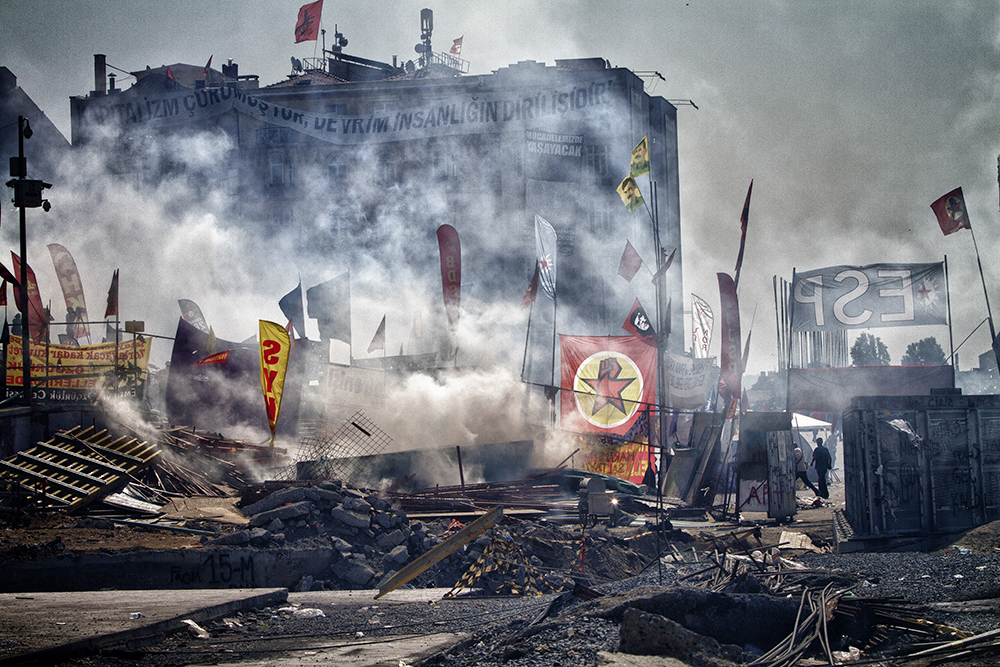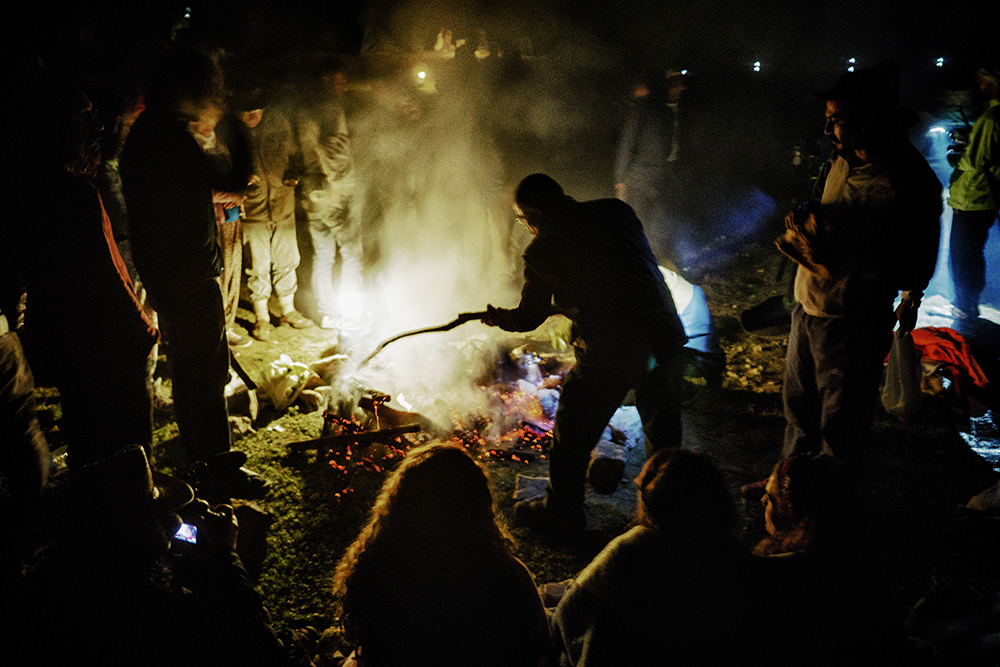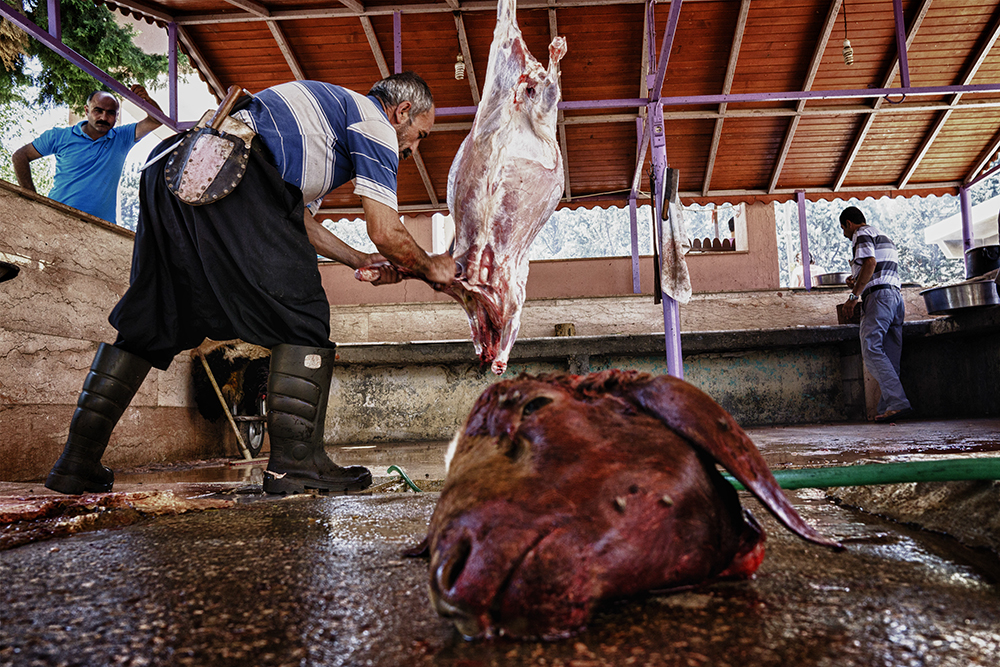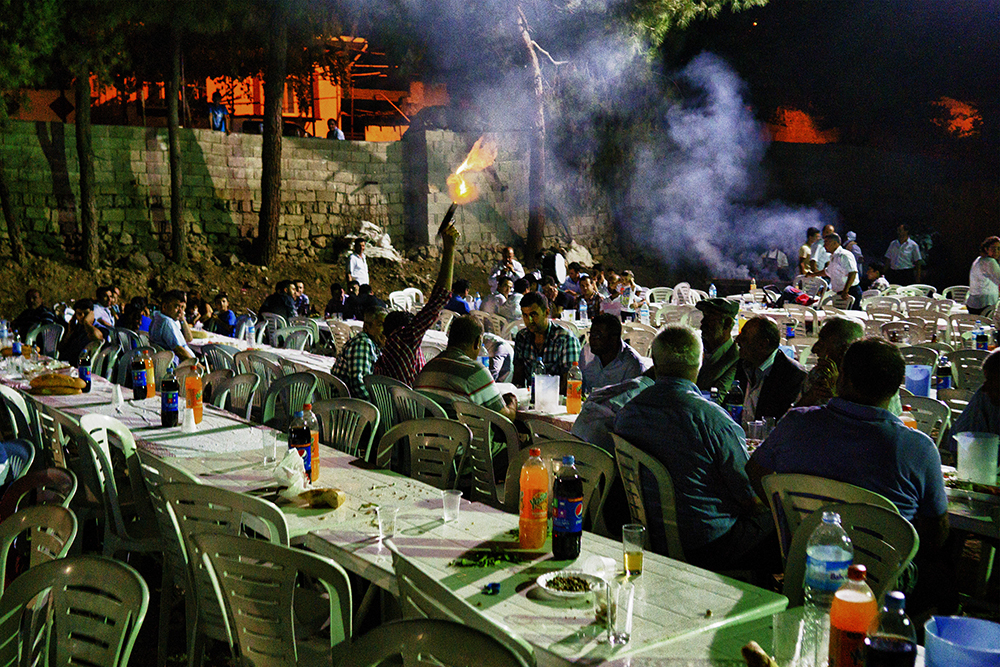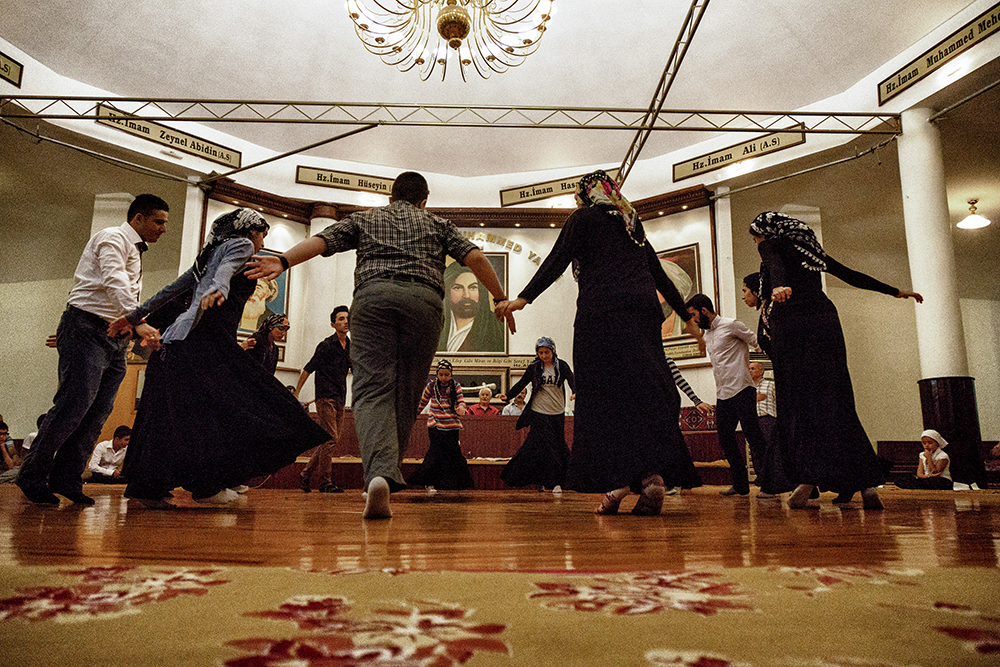ALEVI: THE UNKNOWN PEOPLE
The Alevis are Turkey's biggest religious and cultural minority, as they make 10 to 15% of the population. Few people have heard of them and despite they're so big, they're not recognised by the state. As their religion is neither Christian, nor Muslim, they've oppressed for centuries by both larger religions and had to hide their religious practices. In Istanbul, they fully control four neighborhoods which the Turkish police can't enter as there are extreme-leftist groups that are armed. In order to survive, they organise cooperative gardens and have created small clothing industries so people can find work. Alevis are strong in protests. According to a Turkish police report, last year, 87% of the people arrested in anti-government protests at the Gezi park were Alevi, while 8 of the 9 people that died during the antigovernment protests died were Alevi. One of them, Berkin Elvan, a 14-year-old, who died after a canister hit him in the head, became an international symbol of resistance to police brutality. Today, Alevism is a secular religion and more of a philosophical set. Despite being so many, the Turkish state refuses to recognise Alevi places of worship (the cemevis) and does not financially support their religious practices, the way it does with Sunni. Instead it builds mosques in their neighbourhoods and on their national ID cards they're identified as “Muslim”, even though they say they’re not muslims. As they aren't hired by the state or by other Sunnis, Alevis are dead- poor with very little chances to escape poverty. Alevis lead a more Western lifestyle than Sunnis do and women don't wear head-scarves, instead they’re considered equal and participate in the social life with men. Women and men also pray together by dancing and singing. They also believe that the mountains and rivers are holy and pray to them as well, which is a pagan characteristic.
Nikos Pilos is an award-winning photojournalist and one of Europe’s noted feature photographers. He has traveled extensively to document war, natural disasters, poverty, socioeconomic struggle and cultural shifts. His work regularly appears in leading international newspapers and magazines and has been exhibited throughout Europe and U.S.Since his first assignment in Lebanon in 1988, he has covered almost all the major historical events at Balkans, Middle East, Maghreb and Eastern Europe. The last two years he is dedicated into the realization of the cross media interactive platform THE REFUGE
